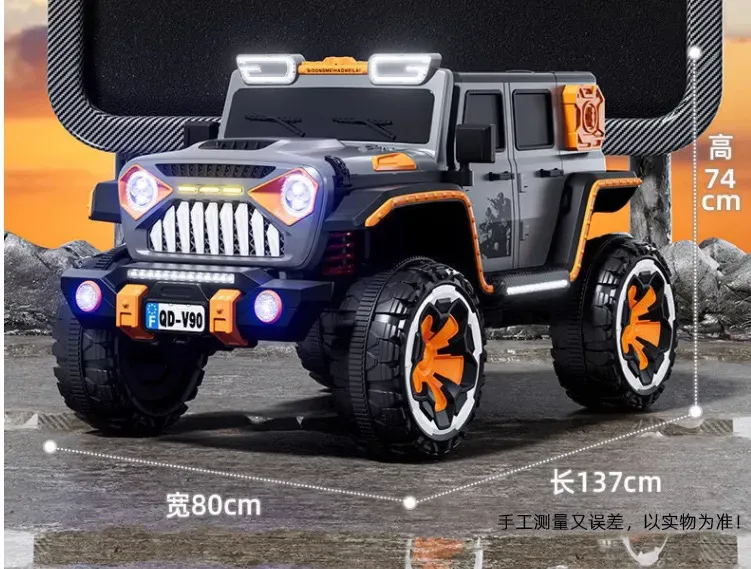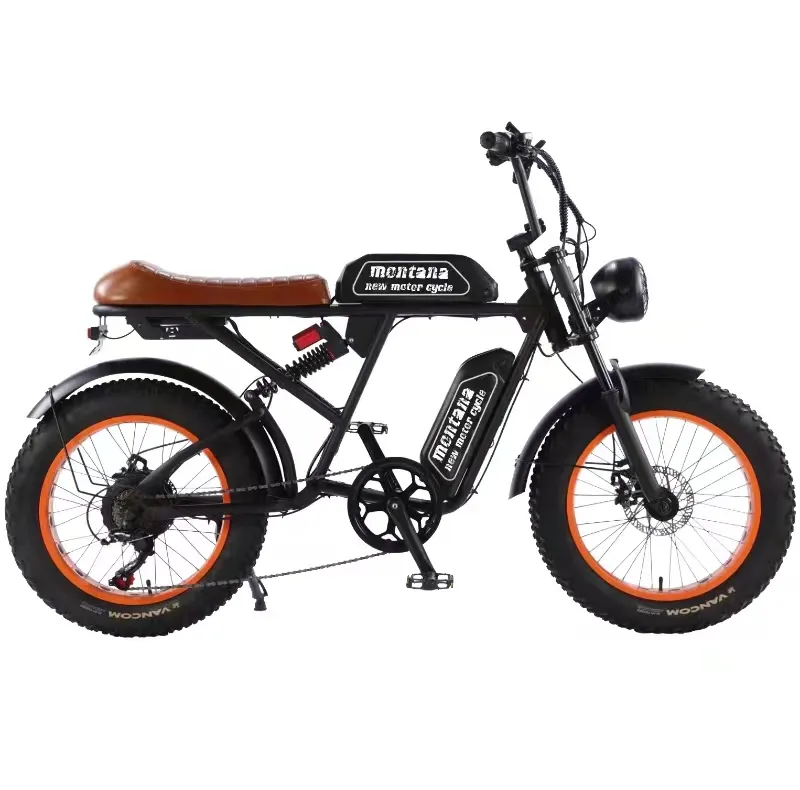
- Afrikaans
- Albanian
- Amharic
- Arabic
- Armenian
- Azerbaijani
- Basque
- Belarusian
- Bengali
- Bosnian
- Bulgarian
- Catalan
- Cebuano
- Corsican
- Croatian
- Czech
- Danish
- Dutch
- English
- Esperanto
- Estonian
- Finnish
- French
- Frisian
- Galician
- Georgian
- German
- Greek
- Gujarati
- Haitian Creole
- hausa
- hawaiian
- Hebrew
- Hindi
- Miao
- Hungarian
- Icelandic
- igbo
- Indonesian
- irish
- Italian
- Japanese
- Javanese
- Kannada
- kazakh
- Khmer
- Rwandese
- Korean
- Kurdish
- Kyrgyz
- Lao
- Latin
- Latvian
- Lithuanian
- Luxembourgish
- Macedonian
- Malgashi
- Malay
- Malayalam
- Maltese
- Maori
- Marathi
- Mongolian
- Myanmar
- Nepali
- Norwegian
- Norwegian
- Occitan
- Pashto
- Persian
- Polish
- Portuguese
- Punjabi
- Romanian
- Russian
- Samoan
- Scottish Gaelic
- Serbian
- Sesotho
- Shona
- Sindhi
- Sinhala
- Slovak
- Slovenian
- Somali
- Spanish
- Sundanese
- Swahili
- Swedish
- Tagalog
- Tajik
- Tamil
- Tatar
- Telugu
- Thai
- Turkish
- Turkmen
- Ukrainian
- Urdu
- Uighur
- Uzbek
- Vietnamese
- Welsh
- Bantu
- Yiddish
- Yoruba
- Zulu
Feb . 16, 2025 08:01 Back to list
mountain bike downhill bike
Mountain biking has surged in popularity over the past decade, promising adrenaline-packed adventures and tranquil disconnects from the digital world. A pivotal factor in ensuring an exhilarating yet safe ride lies in choosing the right mountain bike size. This seemingly simple decision is underscored by layers of complexity and nuance that few understand until they experience the ride themselves. Using firsthand experiences and expert insights, we'll delve into the essentials of mountain bike sizes, ensuring you'll be well-equipped to make an informed decision for your cycling journey.
Material plays a less visible but equally important role in bike sizing, influencing how a bike feels and performs under different conditions. Aluminum, carbon fiber, and steel frames all offer unique characteristics. Aluminum is lightweight and affordable, making it a common choice for beginners. Carbon fiber frames, while more expensive, are lauded for their light weight and superior vibration dampening characteristics. Steel frames, though heavier, provide exceptional durability and a smooth ride over uneven terrain. The concept of geometry might appear abstract but is integral to bike sizing. Head tube angle, seat tube angle, and reach contribute to how a bike handles and feels. A slacker head tube angle is often associated with better downhill stability, whereas a steeper angle can be advantageous for climbing. Tailoring these elements to suit your riding preference and terrain can transform your biking experience from satisfactory to exceptional. Riders often overlook the importance of personal preference and riding style. Some enjoy fast-paced routes that challenge their speed, while others seek arduous trails that test their technical skills. Trying out different bike sizes, if possible, is invaluable. Test rides offer tangible insights into what feels right, facilitating a decision rooted in personal comfort and performance needs. Properly sized mountain bikes can dramatically enhance your cycling adventures, providing a foundation for skill development and enjoyment. Armed with knowledge and nuanced understanding of bike components, sizes, and individual preferences, choosing the right mountain bike transcends mere sizing charts. It becomes a crafted experience that respects both the technical precision and personal touch essential to this thrilling sport. Always seek guidance from experienced cyclists or professionals, ensuring that your investment in a mountain bike translates to endless miles of discovery and enjoyment on the trails.


Material plays a less visible but equally important role in bike sizing, influencing how a bike feels and performs under different conditions. Aluminum, carbon fiber, and steel frames all offer unique characteristics. Aluminum is lightweight and affordable, making it a common choice for beginners. Carbon fiber frames, while more expensive, are lauded for their light weight and superior vibration dampening characteristics. Steel frames, though heavier, provide exceptional durability and a smooth ride over uneven terrain. The concept of geometry might appear abstract but is integral to bike sizing. Head tube angle, seat tube angle, and reach contribute to how a bike handles and feels. A slacker head tube angle is often associated with better downhill stability, whereas a steeper angle can be advantageous for climbing. Tailoring these elements to suit your riding preference and terrain can transform your biking experience from satisfactory to exceptional. Riders often overlook the importance of personal preference and riding style. Some enjoy fast-paced routes that challenge their speed, while others seek arduous trails that test their technical skills. Trying out different bike sizes, if possible, is invaluable. Test rides offer tangible insights into what feels right, facilitating a decision rooted in personal comfort and performance needs. Properly sized mountain bikes can dramatically enhance your cycling adventures, providing a foundation for skill development and enjoyment. Armed with knowledge and nuanced understanding of bike components, sizes, and individual preferences, choosing the right mountain bike transcends mere sizing charts. It becomes a crafted experience that respects both the technical precision and personal touch essential to this thrilling sport. Always seek guidance from experienced cyclists or professionals, ensuring that your investment in a mountain bike translates to endless miles of discovery and enjoyment on the trails.
Latest news
-
The Ultimate Kids' Four-Wheeler Experience
NewsJul.09,2025
-
The Ultimate Guide to Mountain Bikes: Gear Up for Your Ride
NewsJul.09,2025
-
The New Age of Cycling: Electric Bikes for Every Rider
NewsJul.09,2025
-
The Best Kids Bicycles: Ride in Style and Safety
NewsJul.09,2025
-
The Best 3-Wheel Scooters for Kids: Fun, Safety, and Adventure
NewsJul.09,2025
-
Revolutionize Your Ride: Affordable Electric Bikes
NewsJul.09,2025
-
Finding the Perfect Mountain Bike for Every Rider
NewsJul.09,2025



